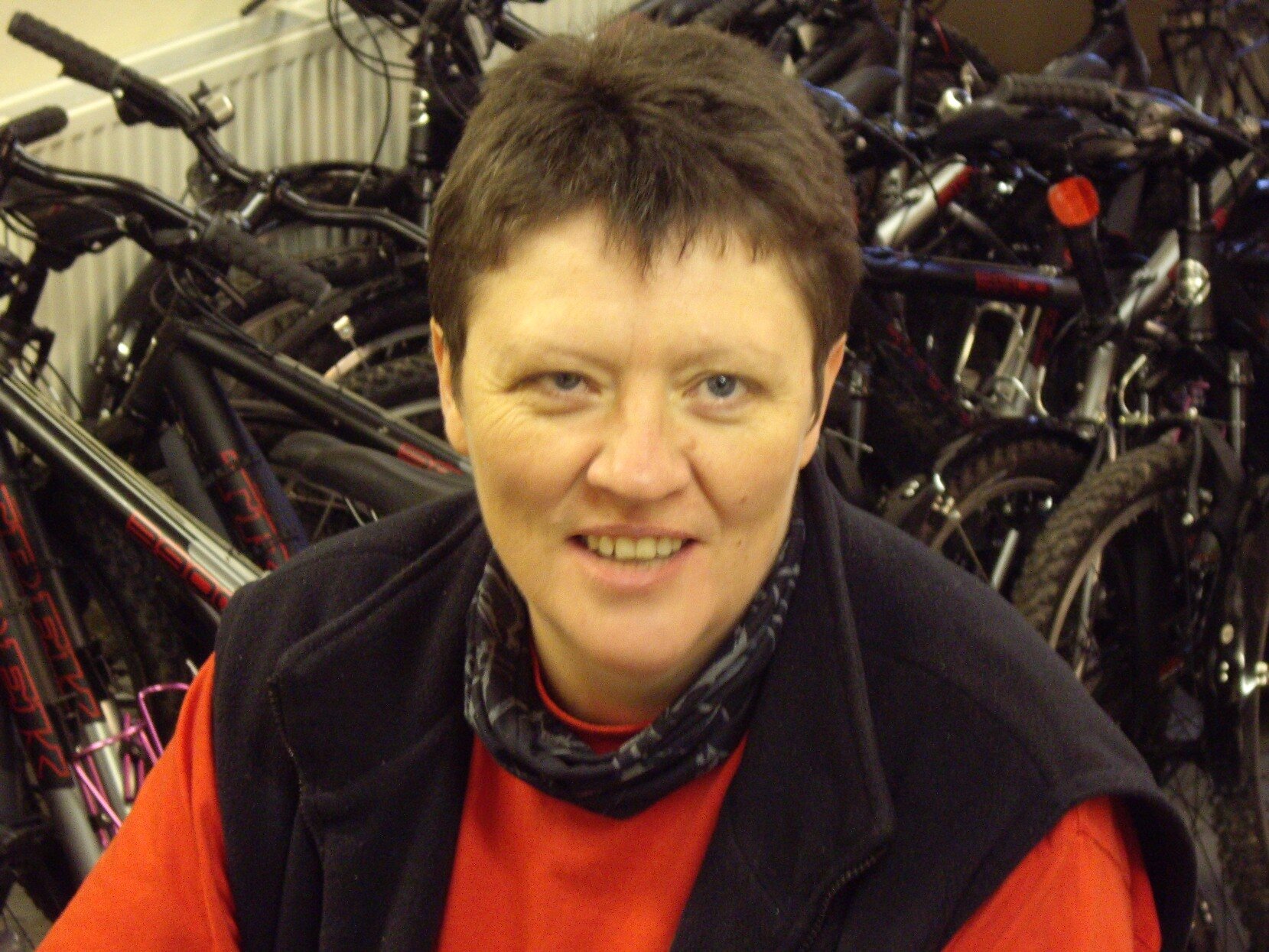Cycling City, Cycling Towns
 England’s first Cycling City and eleven new Cycling Towns are set to receive the largest investment in cycling the country has ever seen. The funding of the new towns together with the existing six demonstration towns will total almost £100m, and will attempt to transform them into areas where cycling becomes a genuine option, improving the local environment, congestion and fitness for 2.5 million people.
England’s first Cycling City and eleven new Cycling Towns are set to receive the largest investment in cycling the country has ever seen. The funding of the new towns together with the existing six demonstration towns will total almost £100m, and will attempt to transform them into areas where cycling becomes a genuine option, improving the local environment, congestion and fitness for 2.5 million people.
The standard amount of funding for cycling initiatives in English local authorities is around £1 per citizen, per year. In contrast, Dutch towns such as Amsterdam are currently spending around £10-20 per year. The new investment means that the Cycling Towns and City will now have a total budget of around £16 per citizen per year with match funding.
 Competition for the funding, and the status, was intense with half the highway authorities in England submitting bids and detailed plans. On June 19th 2008, Transport Secretary Ruth Kelly named Bristol as England’s first Cycling City, and named 11 new Cycling Towns Blackpool, Cambridge, Colchester, Chester, Leighton-Linslade, Shrewsbury, Southend, Southport, Stoke-on-Trent, Woking and York.
Competition for the funding, and the status, was intense with half the highway authorities in England submitting bids and detailed plans. On June 19th 2008, Transport Secretary Ruth Kelly named Bristol as England’s first Cycling City, and named 11 new Cycling Towns Blackpool, Cambridge, Colchester, Chester, Leighton-Linslade, Shrewsbury, Southend, Southport, Stoke-on-Trent, Woking and York.
The funding of these new areas will build on the successes of the six existing Cycling Towns Aylesbury, Brighton and Hove, Darlington, Derby, Exeter, and Lancaster with Morecambe - which gained their status in 2005.
The towns were developed to prove that increased funding and bespoke projects could have a significant impact on cycling rates - and results have exceeded expectations. The average increase in trips made by bicycle across the six Cycling Towns is 20% and the towns truly lead the way for the development of cycling in this country.



